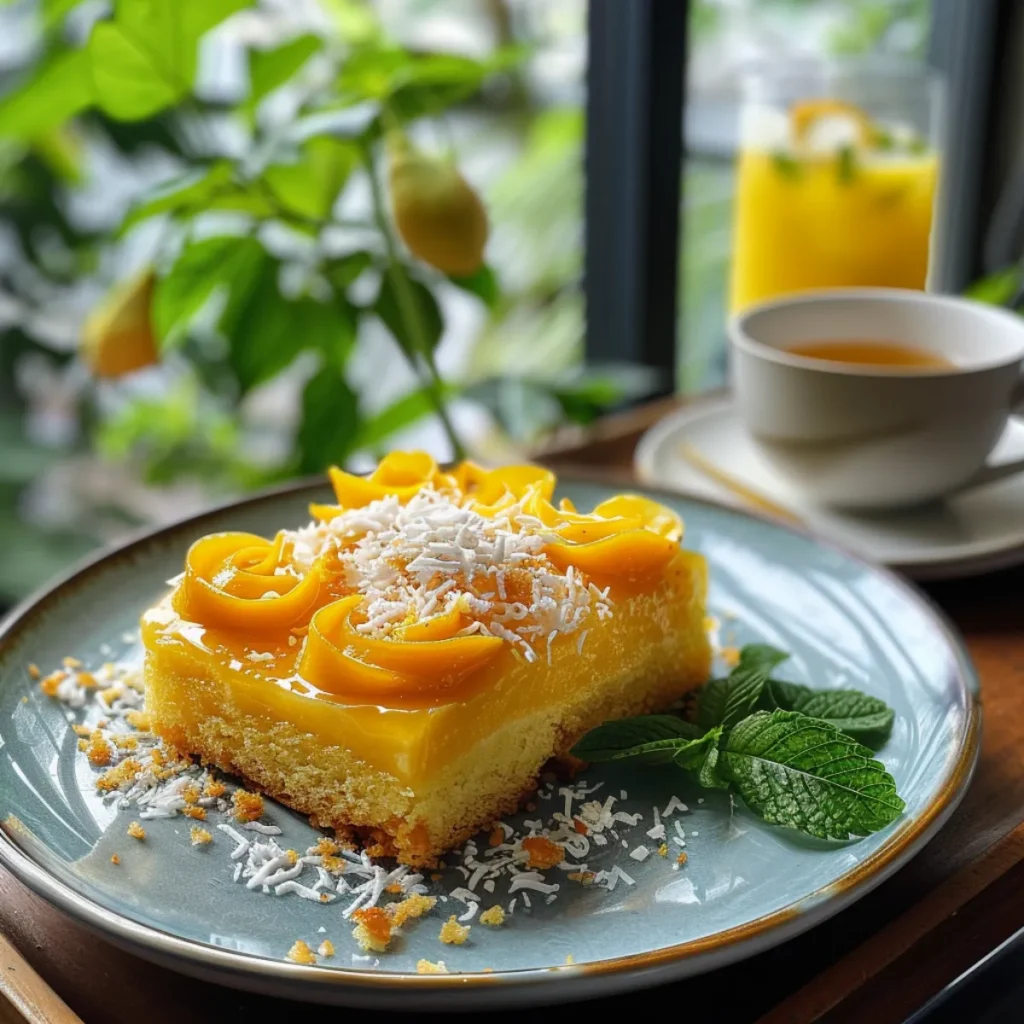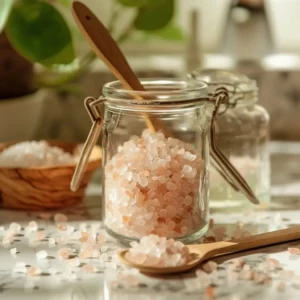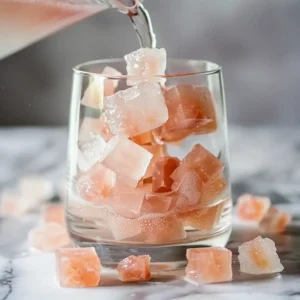Mango cake has a special place in my heart. The first time I tasted it was in a little bakery tucked into the vibrant streets of Cebu. I remember the scent of ripe mangoes wafting through the air, the delicate crumb of the cake melting in my mouth, and the creamy frosting that made each bite feel like sunshine.
Since then, mango cake has become one of my go-to desserts. It’s light yet satisfying, bursting with fruity flavor, and surprisingly easy to make. Whether you’re baking for a celebration or just want something sweet and tropical to brighten your day, this cake does the trick.
In this article, I’ll walk you through everything I’ve learned about mango cake—from choosing the right mangoes to whipping up fluffy sponge and topping it with a luscious mango cream. We’ll explore classic variations, vegan twists, expert tips, and fun ideas for serving. You’ll even get some juicy answers to questions like “Can I add mango to cake mix?” and “What does mango cake taste like?”
Check out our mango bingsu recipe for another cool, tropical favorite you’ll love after dessert.
Ready to bring sunshine into your kitchen? Let’s get started.
Table of Contents
Introduction to Mango Cake
What is Mango Cake?
Mango cake is a tropical-style dessert that combines soft, airy sponge with the sweet, fragrant flavor of ripe mangoes. At its core, it’s a celebration of fruit and freshness. Whether baked as a layered cake, loaf, or chiffon-style, the star ingredient always shines through—mango.
This cake isn’t just popular in one part of the world. In the Philippines, it’s often made with chiffon and topped with whipped cream and mango slivers. In India, it might come with a touch of cardamom or saffron. Thai and Vietnamese versions often use sticky rice flour or coconut for extra texture.
What unites them all is the lush, golden mango—adding natural sweetness and moisture that transforms even the simplest sponge into something unforgettable.
The Taste and Texture Profile
If you’ve never had mango cake before, imagine biting into a slice of sunshine. The flavor is bright, tangy, and creamy—thanks to the natural sugars and tropical acidity in mangoes.
The texture varies depending on how it’s made. A chiffon-style mango cake is incredibly light and airy, while versions made with yogurt or condensed milk come out moist and rich. Frosting options, from whipped cream to mango buttercream, elevate both taste and presentation.
And the best part? That soft, tender crumb bursting with tropical flavor pairs beautifully with a variety of toppings—making it as versatile as it is delicious.
Essential Ingredients and Tools
Fresh vs. Canned Mango
When it comes to baking mango cake, the first big choice you’ll face is: fresh mango or canned? Each option has its strengths, and I’ve used both depending on the season and what’s on hand.
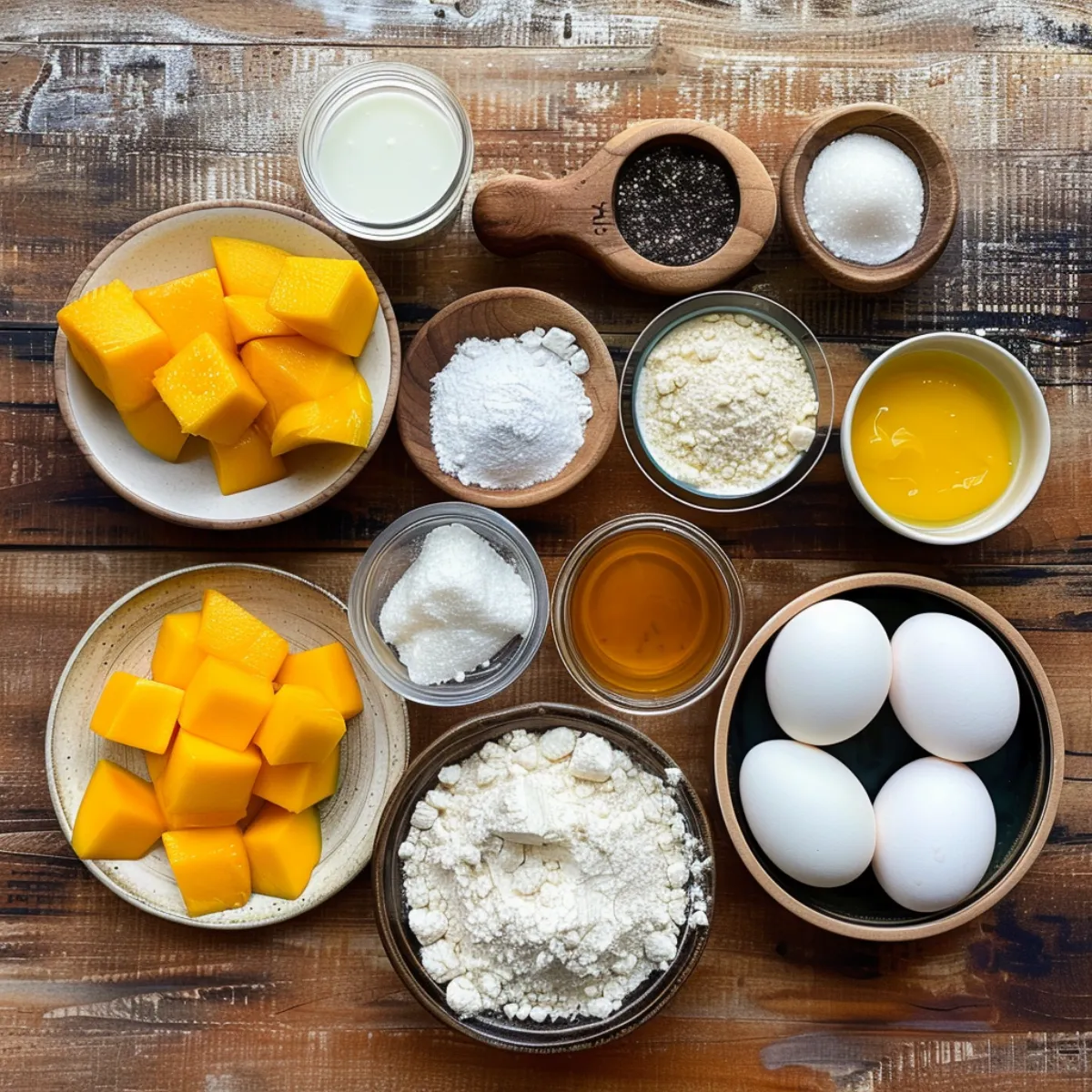
Fresh mangoes are ideal if you’re after intense, naturally sweet flavor. Varieties like Ataulfo, Alphonso, and Carabao are perfect—they’re soft, low in fiber, and incredibly fragrant. Just make sure they’re fully ripe. If they yield gently to pressure and smell like a fruit stand in the tropics, you’re good to go.
But don’t stress if mangoes aren’t in season. Canned mango puree can save the day. It’s consistent, easy to work with, and blends smoothly into batter or frosting. Just be sure to use unsweetened puree to avoid an overly sugary cake.
Pro tip: If using fresh mango, puree it and pass it through a fine sieve for that silky-smooth texture.
Tools You’ll Need
Baking mango cake doesn’t require fancy tools—but having the right equipment makes a big difference in the outcome.
Here’s what I always reach for:
| Tool | Purpose |
|---|---|
| Mixing Bowls | For prepping batter and frosting |
| Electric Mixer or Whisk | To whip air into your sponge and cream |
| Blender or Food Processor | For pureeing fresh mango |
| Measuring Cups & Spoons | Precision matters in baking |
| Spatula | To gently fold ingredients |
| Cake Pans (8” or 9”) | For even baking; silicone or non-stick are best |
| Cooling Rack | Keeps your sponge from getting soggy underneath |
Optional but helpful:
- Sifter – for fluffier flour and cocoa
- Turntable and icing spatula – for pro-style decorating
With these essentials, you’ll be ready to bake mango cake like a tropical dessert expert.
Crafting the Perfect Mango Sponge
Step-by-Step Mango Sponge Recipe
Creating a soft, moist mango sponge is easier than you think—and the result is so rewarding. Here’s how I usually do it in my kitchen:
Ingredients:
- 1 ½ cups all-purpose flour
- 1 tsp baking powder
- ½ tsp baking soda
- ¼ tsp salt
- ¾ cup sugar
- ½ cup vegetable oil
- 2 large eggs
- 1 cup fresh or canned mango puree
- ¼ cup yogurt or sour cream
- 1 tsp vanilla extract
Instructions:
- Preheat your oven to 350°F (175°C) and grease your cake pan.
- In one bowl, sift together flour, baking powder, baking soda, and salt.
- In another bowl, whisk sugar, oil, and eggs until light and creamy.
- Stir in the mango puree, yogurt, and vanilla extract until smooth.
- Gradually fold the dry mix into the wet ingredients using a spatula. Don’t overmix—just until combined.
- Pour the batter into the pan, tap gently to release bubbles, and bake for 30–35 minutes or until a toothpick comes out clean.
- Cool on a rack before removing from the pan.
This sponge will be moist, golden, and lightly sweet—with mango taking center stage.
Common Mistakes to Avoid
Even experienced bakers slip up sometimes. Here are some pitfalls I’ve learned to dodge when baking mango cake:
- Overmixing the batter: It toughens the cake. Mix just until ingredients are combined.
- Too much mango puree: While tempting, more puree can make the cake gummy or too wet.
- Cold ingredients: Bring your eggs, yogurt, and puree to room temp before mixing.
- Wrong pan size: Using a smaller pan leads to undercooked centers. Stick to 8” or 9” pans unless adjusting the recipe.
A flawless mango sponge starts with balance—light texture, juicy flavor, and just enough sweetness to keep every bite irresistible.
Frosting and Toppings That Pop
Mango Whipped Cream Frosting
One of the best parts about mango cake? The frosting. I’ve tried a bunch, but nothing beats a light mango whipped cream frosting—it’s fresh, not too sweet, and enhances the fruity flavor of the sponge without overpowering it.
Here’s my go-to recipe:
Ingredients:
- 1 cup heavy cream (cold)
- 2–3 tbsp powdered sugar
- ½ cup mango puree (strained)
- ½ tsp vanilla extract
How to make it:
- Chill your bowl and beaters for 10–15 minutes before starting.
- Whip the cream and sugar until soft peaks form.
- Gently fold in the mango puree and vanilla.
- Continue to whip until stiff peaks form—but be careful not to overwhip!
This frosting is best used right away. It’s smooth, tropical, and adds a golden hue that looks amazing on any cake table.
Stabilizing tip: If you want it to hold up for hours, mix in 1 tsp of cornstarch or a bit of instant pudding mix during whipping.
Creative Garnishes
This is where the fun begins. I love decorating mango cake—it’s like painting with fruit. You can go simple or extravagant, depending on the vibe.
Some of my favorite toppers include:
- Fresh mango slices arranged like flower petals or fans
- Mint leaves for contrast and aroma
- Toasted coconut flakes for texture and a tropical crunch
- Freeze-dried mango or pineapple powder dusted for flair
- Edible flowers like marigold or pansy (make sure they’re safe for consumption)
- A mango glaze drizzle for a glossy finish
By combining a silky frosting with standout garnishes, your mango cake becomes more than just a dessert—it becomes a centerpiece.
Variations of Mango Cake
Filipino Mango Chiffon Cake
If you’ve ever visited a Filipino celebration, there’s a good chance you’ve seen a mango chiffon cake front and center. My first taste of it was during a friend’s birthday in Manila—one bite and I was hooked. It’s airy, fruity, and often topped with whipped cream and fresh mangoes. The texture is soft, cloud-like, and the flavor sings of ripe mangoes.
What sets it apart:
- Chiffon base: Made with oil, egg yolks, and whipped egg whites folded in for lift.
- Sweet mango puree folded into both the batter and layered in between.
- Often finished with light whipped cream frosting and fresh mango roses on top.
This version is all about lightness—perfect for hot weather and those who want a cake that doesn’t feel heavy.
Pro Tip: Chill before serving for the best texture and flavor contrast.
Vegan and Gluten-Free Mango Cake Options
One of the things I love about mango cake is how easily it can adapt to different diets. Whether you’re avoiding eggs, dairy, or gluten, you can still enjoy this fruity masterpiece.
For a Vegan Mango Cake:
- Replace eggs with flax eggs (1 tbsp ground flaxseed + 2.5 tbsp water = 1 egg)
- Use plant-based yogurt like coconut or almond.
- Opt for vegan butter or oil.
- Choose plant milk like oat or almond for moisture.
For a Gluten-Free Version:
- Use a blend of almond flour and rice flour, or a store-bought 1:1 GF baking mix.
- Add a bit of xanthan gum to help bind the batter if your flour doesn’t include it.
- Don’t skip the yogurt—it helps with moisture and tenderness.
Vegan and GF mango cakes are just as rich in flavor and can surprise even the most skeptical eaters. I’ve baked them for friends with dietary needs, and they never leave leftovers.
Serving Ideas and Storage Tips
Best Ways to Serve Mango Cake
The beauty of mango cake lies in its versatility. It works just as well at a summer cookout as it does on a brunch table or birthday celebration. I’ve even served it at a beach picnic once—wrapped it in parchment, packed a cooler, and it held up like a tropical dream.
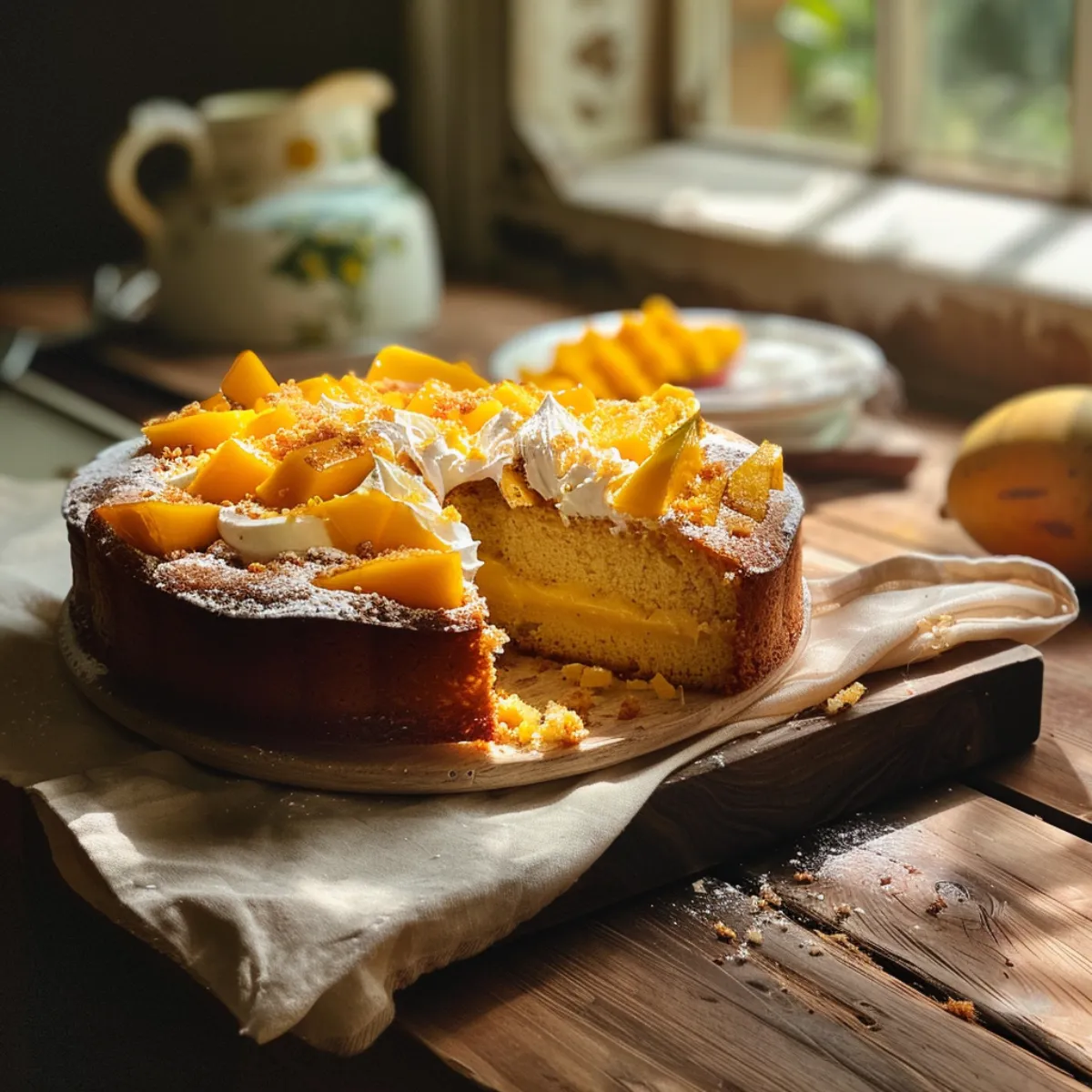
Here are some delicious ways to serve it:
- Chilled with whipped cream and mango slices for a refreshing summer dessert
- As a birthday cake topped with mango rosettes and sparkly sugar
- Alongside a cup of ginger tea or Thai iced tea for a bold pairing
- With ice cream—especially coconut, vanilla bean, or mango sorbet
- Dusted with powdered sugar and lime zest for a zippy finish
If you’re feeling bold, a little drizzle of salted caramel or passionfruit syrup can add an extra layer of flavor.
How to Store Mango Cake
When you put effort into making something this good, you’ll want it to last. Proper storage is key to keeping your mango cake fresh and fabulous.
Here’s what works best:
| Storage Method | Duration | Notes |
|---|---|---|
| Room Temperature | Up to 1 day | Only if unfrosted and kept in airtight container |
| Refrigerator | 3–4 days | Ideal for frosted cakes—wrap in cling film or use a cake dome |
| Freezer | Up to 2 months | Freeze individual slices wrapped in foil, then store in zip bags |
Reheating tip: Let slices come to room temperature naturally. If reheating, a few seconds in the microwave (10–15 max) will soften the sponge—just don’t overdo it or you’ll lose that airy texture.
Mango Cake Inspiration from Famous Recipes
Jamie Oliver’s Mango Dessert Twist
Jamie Oliver has a knack for making simple food unforgettable—and when I came across his mango yogurt dessert, it sparked an idea. What if I could take that creamy, tangy, fruity combo and fold it into a cake? Turns out, you can.
While Jamie doesn’t have a direct mango cake recipe, he often uses:
- Fresh mango puree
- Natural yogurt
- Citrus zest
- Coconut flakes
…all blended into layered or chilled desserts.
To translate Jamie’s mango dessert into a cake, here’s what I recommend:
- Use his combo of mango + yogurt in your sponge for a creamy crumb.
- Add lime zest to the batter for brightness.
- Finish with light whipped topping and toasted coconut for texture.
This fusion of flavors feels vibrant and breezy—perfect for those who love dessert without the heaviness.
JFK’s Wedding Cake Flavor
Let’s talk a little wedding cake history. JFK’s wedding to Jacqueline Bouvier in 1953 was a grand affair, and their wedding cake? A traditional white cake with elegant white buttercream, said to weigh over 300 pounds!
Now, mango wasn’t on that table—but imagine if it were. If they had tied the knot in the tropics today, I think a modern JFK cake might look like this:
- Layers of soft mango sponge
- Tangy cream cheese or mango mascarpone frosting
- Elegant piping with fresh mango flowers
It’s a reminder that even the most classic traditions can be reimagined with flavor. Mango adds joy, color, and originality—a perfect choice for celebrating love, milestones, or just life itself.
FAQs About Mango Cake
What does mango cake taste like?
Mango cake tastes like a slice of summer. It’s sweet, tropical, and naturally fruity—with a smooth, creamy mango flavor that isn’t too overpowering. The sponge is typically soft and moist, thanks to the mango puree, and depending on the frosting, it can have a light whipped texture or a richer, buttery finish. Every bite offers a burst of mango sunshine—fragrant, mellow, and deeply satisfying.
What flavor was JFK’s Wedding Cake?
JFK’s wedding cake was a classic white buttercream cake, traditional for that time. It featured layers of white sponge, rich vanilla buttercream, and was decorated with white roses. While mango wasn’t part of the flavor profile, today’s modern weddings often swap in tropical flavors like mango for a fresh, vibrant alternative. Imagine a mango wedding cake in a beachfront ceremony—that’s a flavor-forward upgrade JFK might’ve loved today!
How do you make Jamie Oliver mango dessert?
Jamie Oliver’s mango dessert often includes ripe mangoes blended with natural yogurt, lime juice, and a bit of honey. Sometimes he adds chopped mint or toasted coconut for extra flair. To turn that into a mango cake, simply use the mango-yogurt mix as part of the batter, swirl it into your sponge, or layer it between cake tiers. The result is a tangy, fruity cake with that same light freshness Jamie’s recipes are known for.
Can I add mango to cake mix?
Absolutely! Adding mango to cake mix is an easy shortcut to tropical flavor. Just reduce the liquid in the box mix slightly (milk or water) and add ½ to 1 cup of mango puree. This will make your cake moist, tender, and packed with fruitiness. Try it with vanilla or white cake mixes for best results. You can also fold in small chunks of fresh mango for extra texture and taste.
Related Mango Recipes to Explore
If you’re anything like me, once you fall in love with mango cake, you’ll start craving mango in all kinds of desserts. That’s why I’ve rounded up a few of my favorite mango-based treats—each with its own unique texture and twist. These recipes bring out mango’s rich flavor in new, delicious ways.
Other Must-Try Mango Desserts
Discover great ideas like our mango sticky rice
This Thai dessert is rich with coconut cream and perfectly sweet mango slices. It’s soft, creamy, and ideal for cooling off on hot days.
Don’t miss our chilled favorite mango sorbet recipe
Light, refreshing, and totally dairy-free, this mango sorbet is a dream come true for fruit lovers.Crispy, golden crust filled with syrupy mango and peach goodness—comfort food with a tropical soul.
Whether you’re looking for a chilled dessert, a chewy snack, or a baked pie, there’s a mango recipe here that’ll make your day a little sweeter.
Want more tropical treats and baking stories from my kitchen?
Follow me on Facebook for updates and behind-the-scenes bakes, or check out my latest recipe boards on Pinterest!
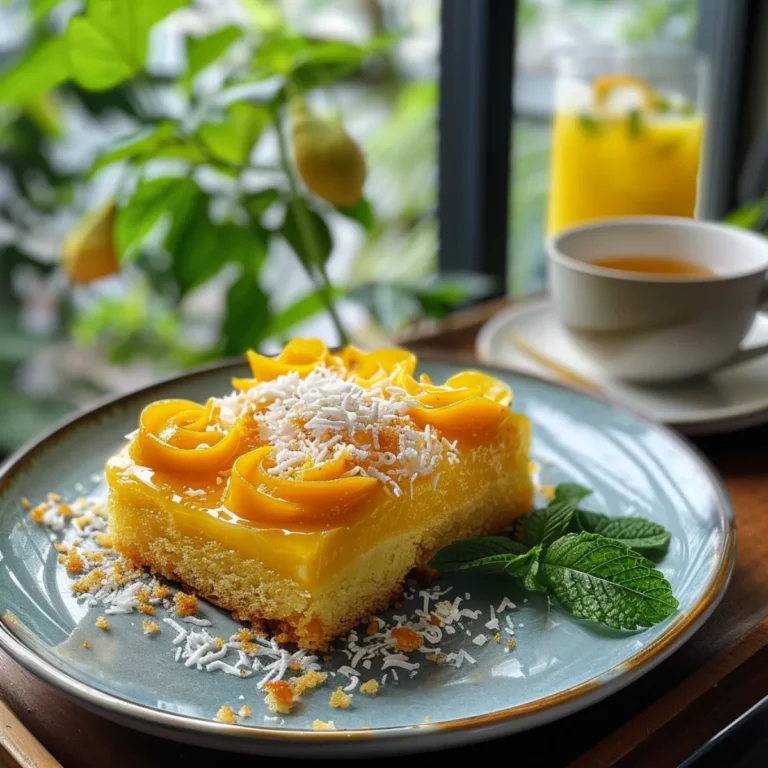
Mango Cake Recipe You’ll Crave – Soft, Tropical, and Easy to Make
A tropical treat that tastes like sunshine—soft sponge, ripe mango, and creamy whipped frosting come together in this easy, fruity cake.
- Total Time: 55 minutes
- Yield: 8 slices
Ingredients
- 1 ½ cups all-purpose flour
- 1 tsp baking powder
- ½ tsp baking soda
- ¼ tsp salt
- ¾ cup sugar
- ½ cup vegetable oil
- 2 large eggs
- 1 cup fresh or canned mango puree
- ¼ cup yogurt or sour cream
- 1 tsp vanilla extract
- 1 cup heavy cream (cold)
- 2–3 tbsp powdered sugar
- ½ cup mango puree (strained)
- ½ tsp vanilla extract
Instructions
- Preheat your oven to 350°F (175°C) and grease your cake pan.
- In one bowl, sift together flour, baking powder, baking soda, and salt.
- In another bowl, whisk sugar, oil, and eggs until light and creamy.
- Stir in the mango puree, yogurt, and vanilla extract until smooth.
- Gradually fold the dry mix into the wet ingredients using a spatula. Don’t overmix—just until combined.
- Pour the batter into the pan, tap gently to release bubbles, and bake for 30–35 minutes or until a toothpick comes out clean.
- Cool on a rack before removing from the pan.
- Chill your bowl and beaters for 10–15 minutes before starting frosting.
- Whip the cream and sugar until soft peaks form.
- Gently fold in the mango puree and vanilla.
- Continue to whip until stiff peaks form—but don’t overwhip.
- Frost cooled cake and garnish as desired.
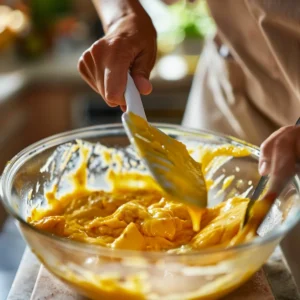
Notes
Top with fresh mango slices, mint, toasted coconut, or a mango glaze for extra flair. Store in the fridge up to 4 days. For vegan or gluten-free versions, use substitutions like flax eggs, plant yogurt, or GF flour blends.
- Prep Time: 20 minutes
- Cook Time: 35 minutes
- Category: Dessert
- Method: Baking
- Cuisine: Tropical Fusion
Nutrition
- Serving Size: 1 slice
- Calories: 320
- Sugar: 22g
- Sodium: 180mg
- Fat: 18g
- Saturated Fat: 9g
- Unsaturated Fat: 8g
- Trans Fat: 0g
- Carbohydrates: 38g
- Fiber: 1g
- Protein: 4g
- Cholesterol: 55mg
